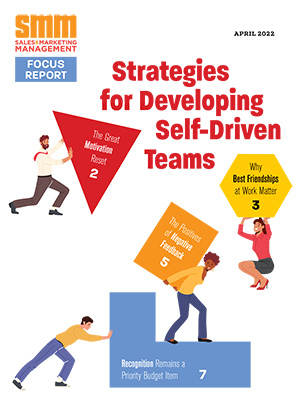Considering many companies, trade associations, and other organizations use this time of year to plan international conferences and meetings, it’s appropriate this month’s column be devoted to the topic of ensuring the safely of their employees and participants.
One merely has to be reminded of the large number of executives we’ve seen victimized by acts of crime and political violence to understand the importance of conducting safe international conferences—consider recent events in the U.K., Turkey, the Philippines, Indonesia, Jordan, India, Pakistan, and a multitude of other nations. Consequently, if you are either planning international meetings or will be attending them, the below issues should be considered in event planning:
• Engage a professional security advisor to discuss the proposed meeting/conference site, political climate, and history of incidents against attendees, or confer with embassy security representatives and business
organizations.
• Prepare a written threat assessment upon which security arrangements should be based.
• Engage appropriate hotel and conference site managers, hotel security managers, diplomatic missions, tourist bureaus, chambers of commerce, and local police to inform them of the meeting. Document how they view the threat, and ask for suggestions on how to reduce attendee risk. If necessary, request traffic controls or other police assistance near the meeting site.
• Confer with airport security officials, and make arrangements to ease customs clearance of luggage and safe transportation of participants to the meeting venue.
• Arrange for a vehicle dedicated to the transportation of luggage. Arrange for an airport expediter to assist attendees in clearing airport formalities and transporting them quickly to the meeting site. If the conference site is in a high-threat location, hire a reputable security firm to transport attendees, and provide a security escort.
• Obtain the names of reputable transportation companies from the embassy, visitor’s bureau, chambers of commerce, and hotel officials to support the transportation of attendees. Do not permit attendees to hire their own transportation.
• As appropriate, employ local guards or off-duty police officers to provide security for meeting and reception areas.
• Ensure there are designated security representatives for the meeting who are reachable by cell phone.
• As necessary, hire a reliable, vetted interpreter to assist in making security arrangements with local police. This eliminates misunderstandings.
• In the case of large numbers of attendees (eight or more) from the same organization, recommend that they fly on different aircraft, and ensure selected airlines have good safety records.
• Depending on the threat to participants and the subject, sensitivity, and size of the meeting, identification cards for participants should be considered. Off-duty police can be employed to check participant ID cards and operate walk-through magnetometers.
• Do not use the organization’s name when making airline reservations. This draws attention to the passengers’ affiliation. Omit the titles of executives on hotel pre-registration.
• Maintain a control room in the hotel from which emergencies can be managed for the meeting’s participants.
• Locate the best medical facilities and pharmacies available for emergencies. Determine whether the hotel has an on-call physician and whether any participants have serious medical conditions. On a related note, encourage participants to volunteer information on medical conditions that may warrant special attention.
• Instruct hotels, restaurants, and transportation companies to avoid using the organization’s name in public announcements or on reader boards. Use an inconspicuous acronym to identify the organization at certain events and to mark vans/buses for use by attendees.
• Prepare a brief written handout on security, such as safe and unsafe areas for walking and jogging, protection of valuables, areas frequented by criminals, and emergency phone numbers.
• Consult with hotel officials to determine the quality of fire safety features. Ideally, a site should have a sprinkler system, an automatic fire detection system, external emergency stairwells, and a fire station within five minutes of the site, although these may not always be available.
• Determine the scope of press converge you want for the meeting, if any. Without setting the ground rules and limits in advance, there’s a chance the press may arrive unannounced. And if you don’t want publicity, ensure the hotel doesn’t list the meeting on the daily meeting marquee.
• Depending on the threat, consider providing participants or key participants with a cell phone. Their regular cell may not work in the country.
• Planners should also know who should be contacted in the event one of the participants is injured or is a victim of a crime. In the event of the latter, it is essential loss of property be reported to the local police and a copy of the police report obtained for insurance purposes and/or prosecution.
Some of the above considerations may seem like overkill, but trust me: skipping them in an unpredictable world is a surefire way for your event to become a public relations disaster.
Excerpted from “Staying Safe Abroad: Traveling, Working and Living in a Post-9/11 World,” copyright 2008, Sleeping Bear Risk Solutions LLC (www.sbrisksolutions.com).
Ed Lee is a retired U.S. State Department diplomat and Regional Security Officer (RSO) who spent most of his life abroad, protecting U.S. diplomats and American business executives. He can be reached at ed@sbrisksolutions.com.
Global Issues: Ensuring Overseas Meeting Security
Get our newsletter and digital focus reports

Stay current on learning and development trends, best practices, research, new products and technologies, case studies and much more.

